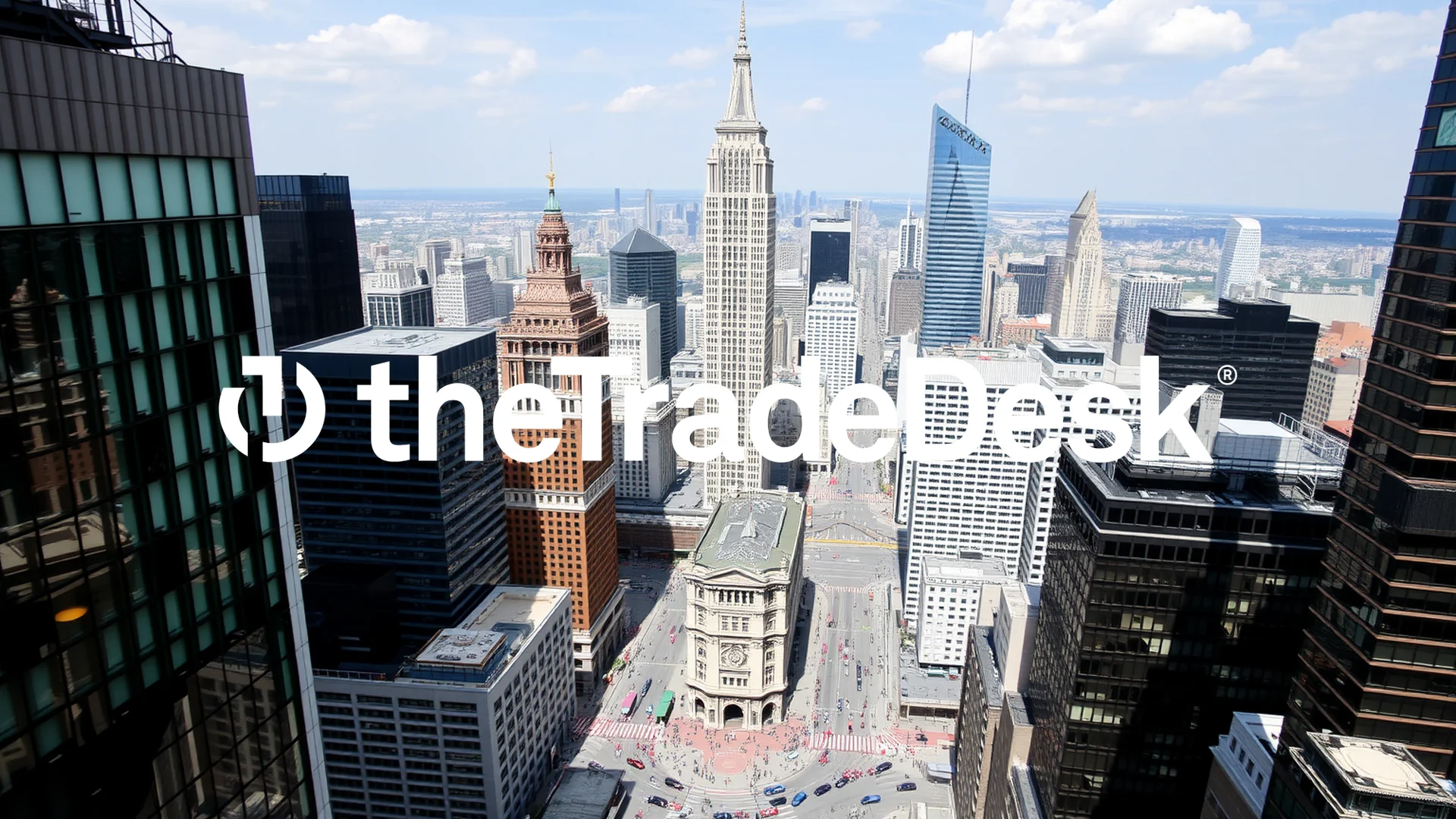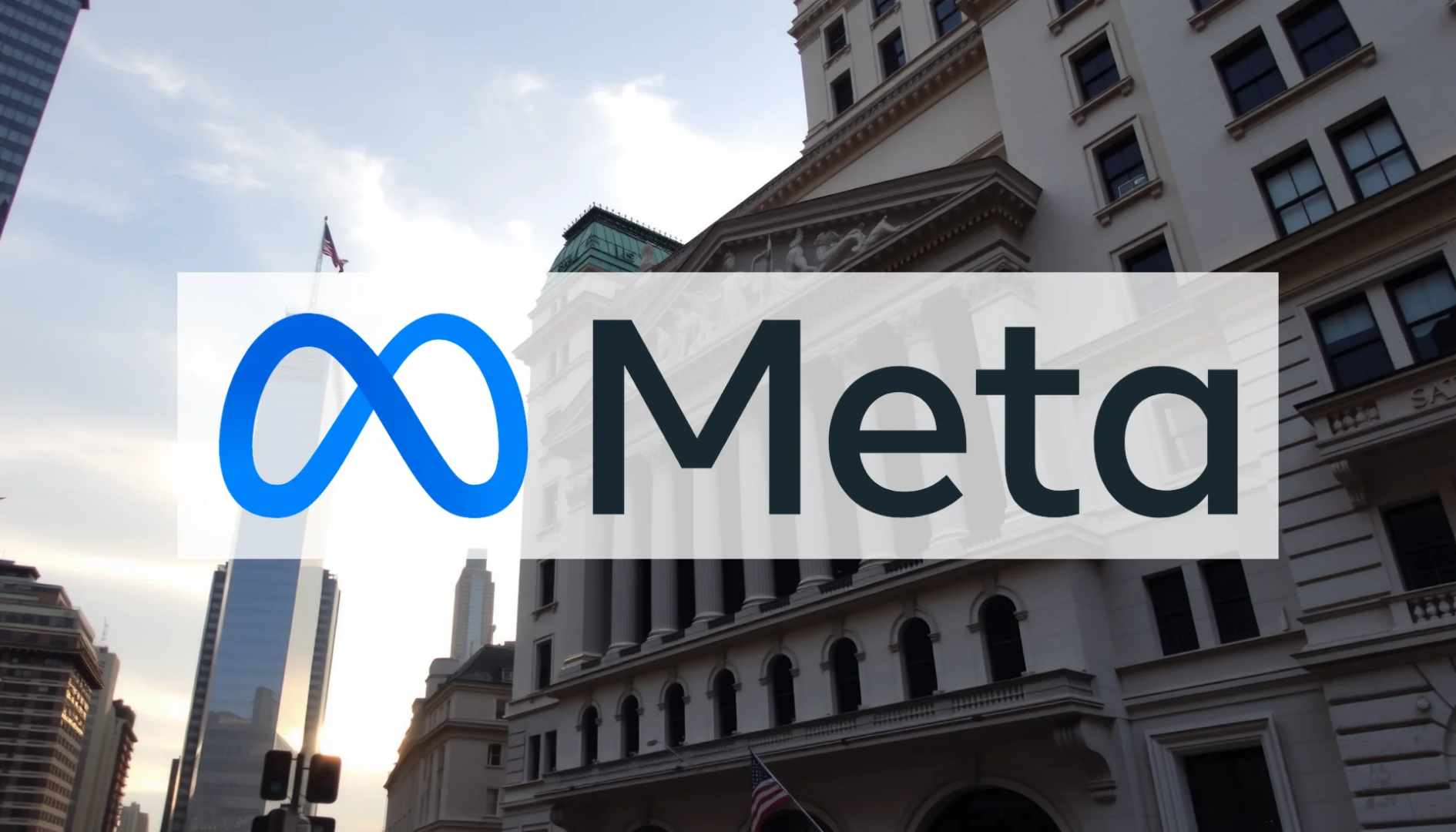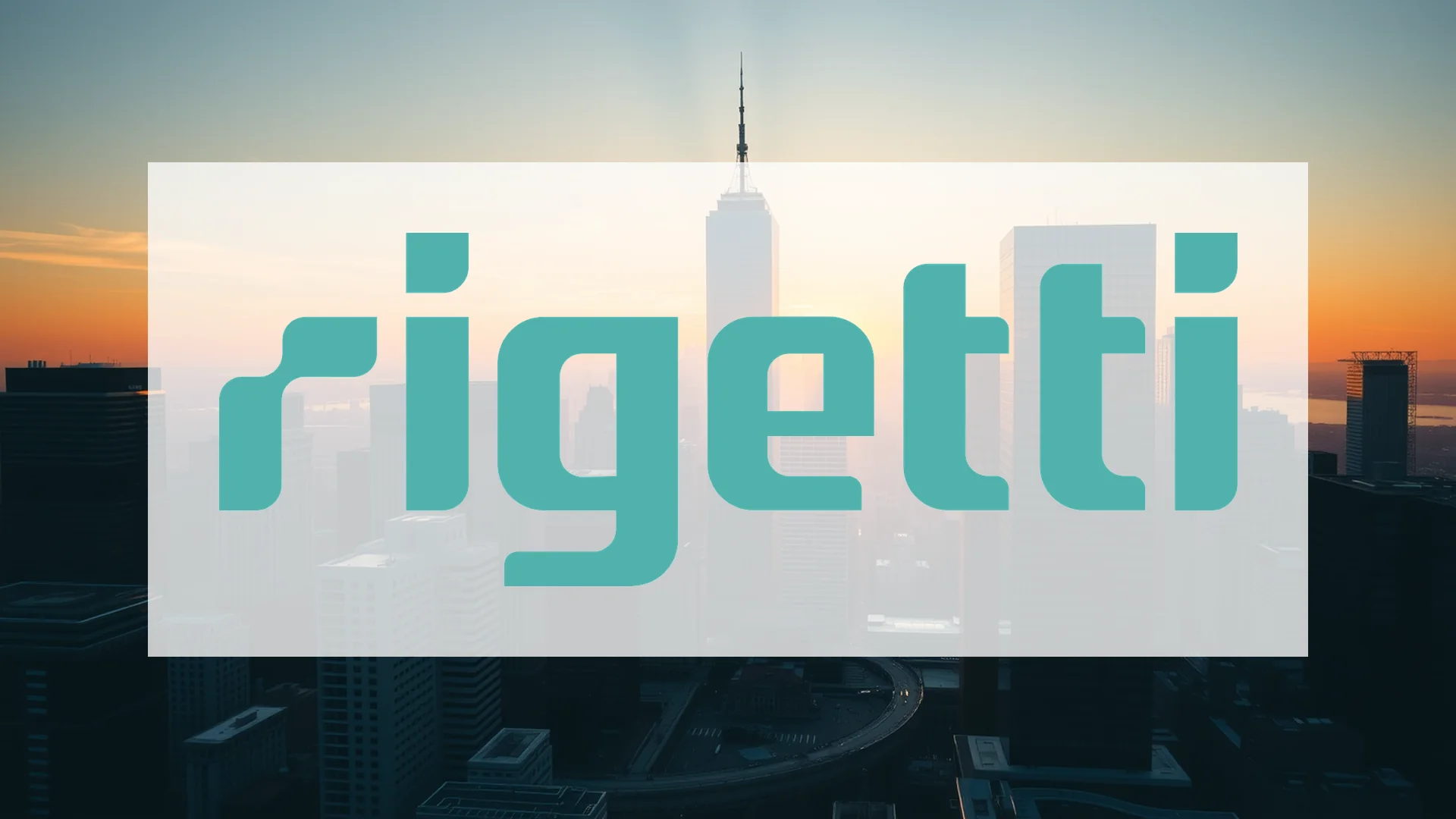The advertising technology sector presents a curious case study in The Trade Desk, where impressive operational performance contrasts sharply with investor sentiment. Despite delivering robust quarterly results, the company’s shares have faced significant downward pressure, creating what appears to be a fundamental disconnect between financial health and market valuation.
Financial Performance Exceeds Expectations
The third quarter of 2025 demonstrated The Trade Desk’s continuing operational strength, with revenue reaching $739 million and surpassing analyst projections. Adjusted earnings per share came in at $0.45, slightly above market expectations. A particularly bright spot emerged in the Connected TV segment, which now represents approximately half of the company’s total business.
Chief Executive Officer Jeff Green expressed satisfaction with these results, highlighting the enhanced capabilities of the AI-powered Kokai platform. According to company data, this technology delivers substantially improved advertising performance, reducing acquisition costs by 26% while nearly doubling click-through rates compared to previous systems.
Wall Street’s Divided Response
Financial analysts have presented markedly contrasting views on The Trade Desk’s prospects. UBS raised its price target to $82 per share, anticipating accelerated growth in 2026. Meanwhile, Bank of America adopted a more cautious stance, reducing its target to $49 and issuing an “Underperform” rating. HSBC similarly downgraded the stock to “Hold” status.
This divergence of opinion reflects broader concerns about competitive pressures from industry giants. Amazon and Google, with their closed ecosystems and extensive first-party data, continue to dominate significant portions of the digital advertising market. The Trade Desk’s commitment to the “Open Internet” model faces substantial challenges despite its technological advantages.
Should investors sell immediately? Or is it worth buying The Trade Desk?
Strategic Leadership Appointment
In response to these market dynamics, The Trade Desk has strengthened its executive team with the recruitment of Anders Mortensen as Chief Revenue Officer. Bringing 25 years of industry experience, including tenure at Google, Mortensen’s mandate involves scaling the company’s sales infrastructure to better compete against larger rivals.
The organization maintains a solid financial foundation to support its strategic initiatives. With $1.4 billion in cash reserves and an additional $500 million authorized for share repurchases, management possesses considerable flexibility to navigate current market conditions.
Industry Dynamics: Open Platform Versus Closed Ecosystems
The central question for investors remains whether The Trade Desk can successfully defend its independent platform model against entrenched competitors. The company advocates for transparency and competition within the open internet framework, while Google and Amazon leverage the advantages of their walled-garden approaches.
Looking ahead to the final quarter of 2025, company leadership projects continued robust growth of at least 18.5%. International expansion efforts are progressing more favorably than domestic operations, potentially providing additional growth vectors.
Despite these positive indicators, shareholder skepticism persists as evidenced by the stock’s downward trajectory. This divergence between strong fundamental performance and declining share value may present a potential entry point for investors, though it could also signal further challenges ahead for the advertising technology specialist.
Ad
The Trade Desk Stock: Buy or Sell?! New The Trade Desk Analysis from November 11 delivers the answer:
The latest The Trade Desk figures speak for themselves: Urgent action needed for The Trade Desk investors. Is it worth buying or should you sell? Find out what to do now in the current free analysis from November 11.
The Trade Desk: Buy or sell? Read more here...









